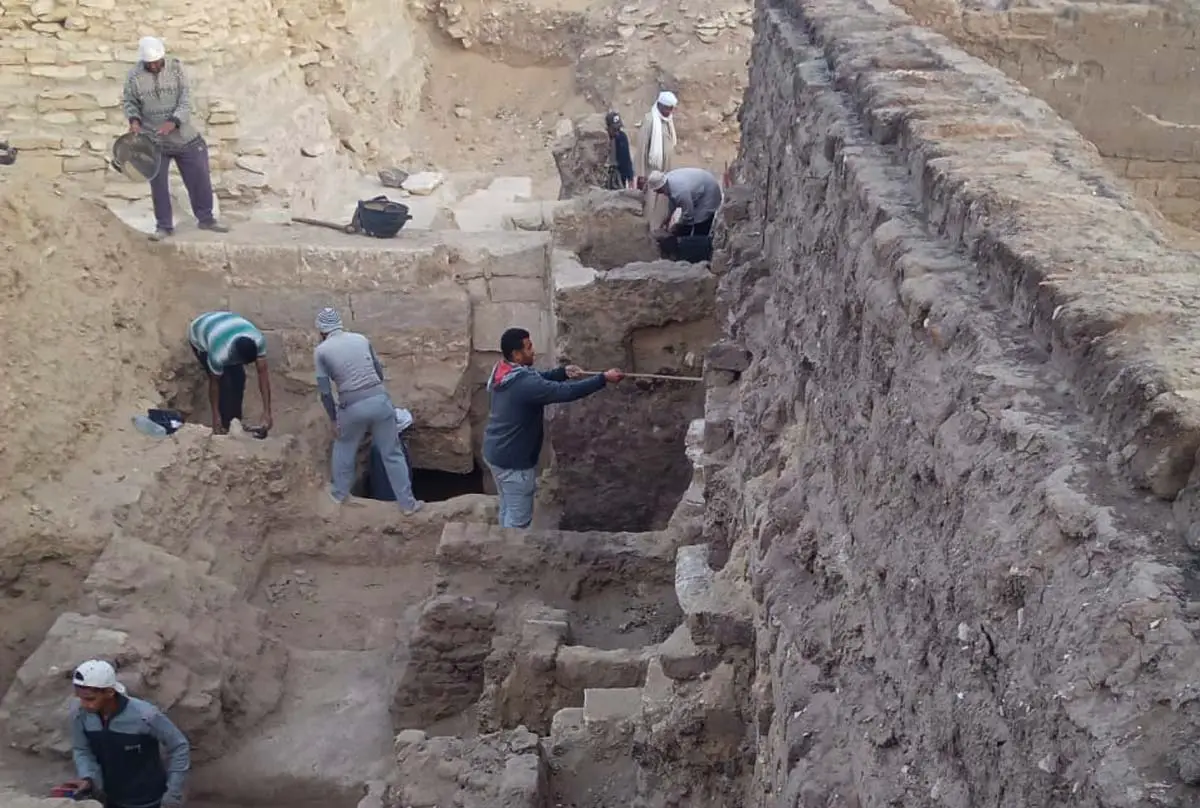Archaeologists conducting excavations at the necropolis of Saqqara in Egypt have discovered an ancient funerary temple, and over 50 sarcophagi.
Saqqara was an ancient burial ground that served as the necropolis for the ancient Egyptian capital, Memphis, located some 30 km (19 mi) south of modern-day Cairo. The ruins of Memphis were designated a Unesco World Heritage site in the 1970s.
Details of the discovery were announced by the Tourism and Antiquities Ministry at a press conference, who explained that the wooden sarcophagi were recovered from burial shafts up to 12 metres in depth, and date from the New Kingdom Period (sixteenth century BC and the eleventh century BC).
Painted on the surface of some sarcophagi are scenes of Ancient Egyptian deities, with the most notable being excerpts from the Book of the Dead that help the deceased cross to the other world.
Archaeologists have also excavated a funerary temple of Queen Nearit, the wife of King Teti, the first king of the Sixth Dynasty of the Old Kingdom. Excavations have enabled the team to map the temples layout, which contained the Queen’s tomb and three mud-brick warehouses to store provisions and offerings.
Header Image Credit : Ahram Online





